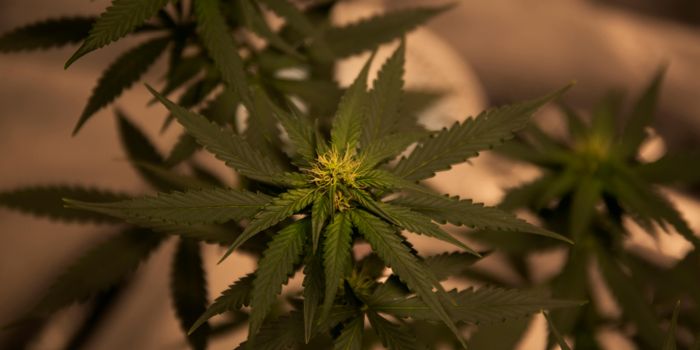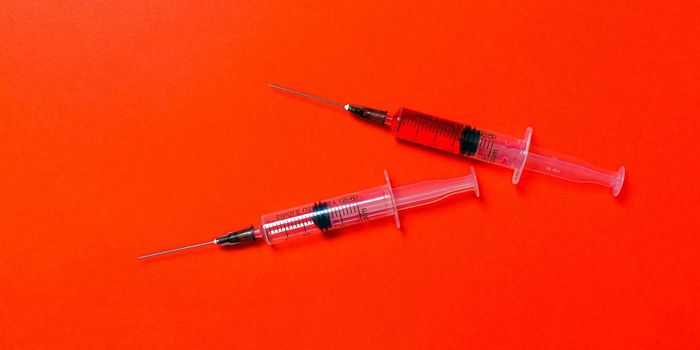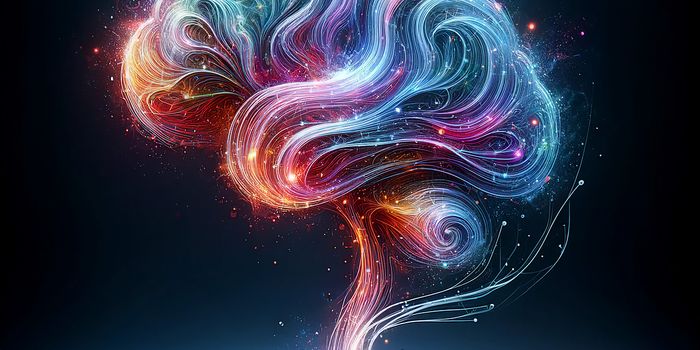Stimulants, Cannabis, and Medical Cannabis Laws
Lesbian, gay, and bisexual populations may be at a higher risk of prescription stimulant use, based on a new examination of how prescription stimulant use changes based on whether a state has medical cannabis laws (MCLs) or not, as well as how certain groups appear to be affected as associated with their sexual orientation.
Studies have been finding generally elevated rates of stimulant use among lesbian, gay, and bisexual populations. Researchers posit that this phenomenon may be due to “minority stress,” which those from a new study define as “discrimination, rejection, identity concealment, harassment, and maltreatment.”
To further study the relationship between sexual orientation, MCLs, and prescription stimulant use, researchers collected data between 2015 and 2017 from the National Survey on Drug Use and Health, making note of a variety of observations:
- Bisexual men and women self-report higher prescription stimulant use than heterosexual men and women
- Heterosexual women and men in MCL states are less likely to use stimulants than the same populations living in non-MCL states
- Bisexual men and women in MCL states are less likely to use stimulants than the same populations living in non-MCL states
- Researchers did not find strong associations among lesbian and gay populations in MCL versus non-MCL states
The researchers emphasize that the observations are associations, not causal relationships. They present potential explanations for the various links.
First, the lower risk association with MCL states versus non-MCL states may be at least partially due to lower rates of prescription stimulant use unrelated to cannabis. Additionally, MCL states may regulate the prescription of stimulants differently than non-MCL states, resulting in fewer total prescription stimulants available.
The researchers explained: “This suggests that the volume of prescription stimulants may be higher in non-MCL as compared to MCL states, which previous research suggests can lead to diversion, whereby stimulants that were medically prescribed are used non-medically.”
In 1996, California became the first state to legalize medical use of marijuana. In 2020, 32 states have joined California in this legislation.
Sources: Columbia University’s Mailman School of Public Health, International Journal of Drug Policy, National Conference of State Legislatures








